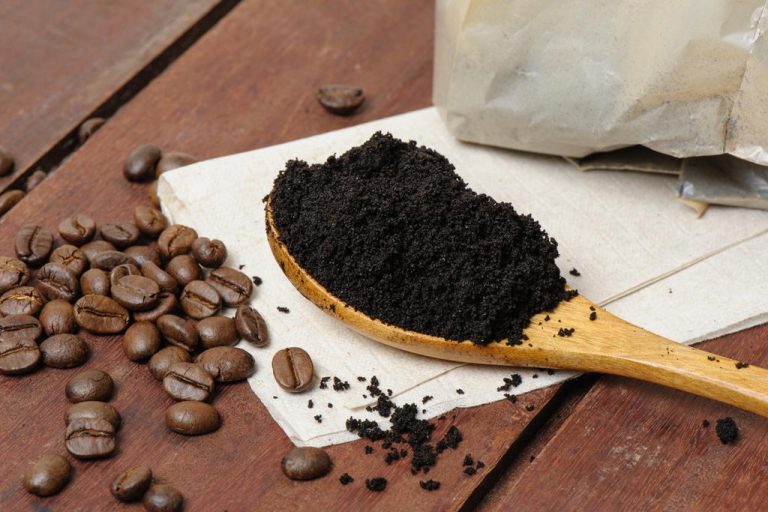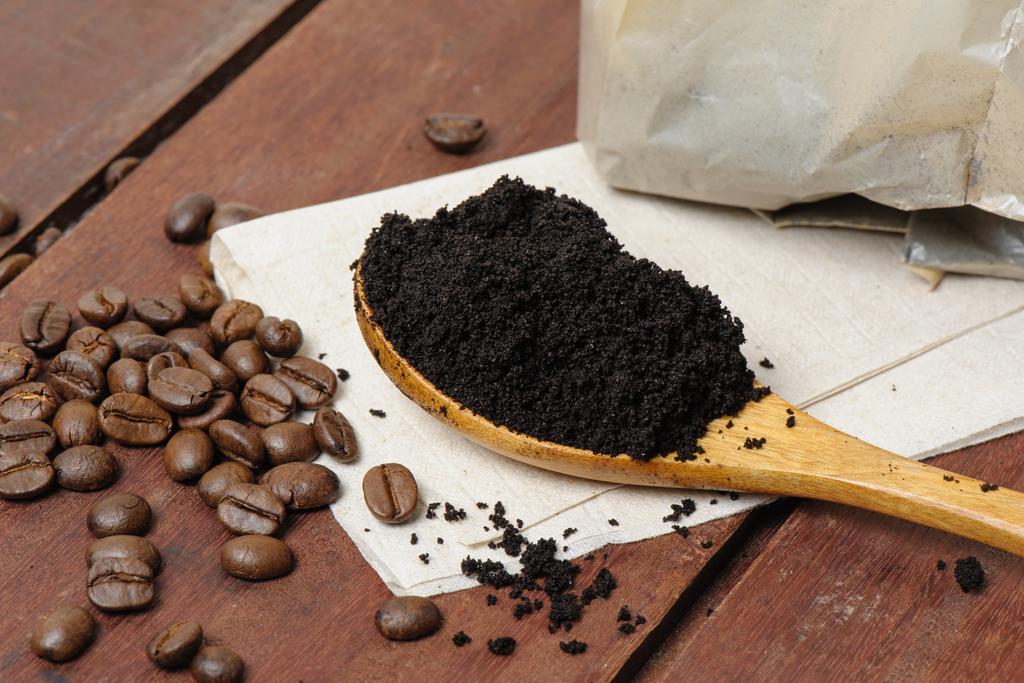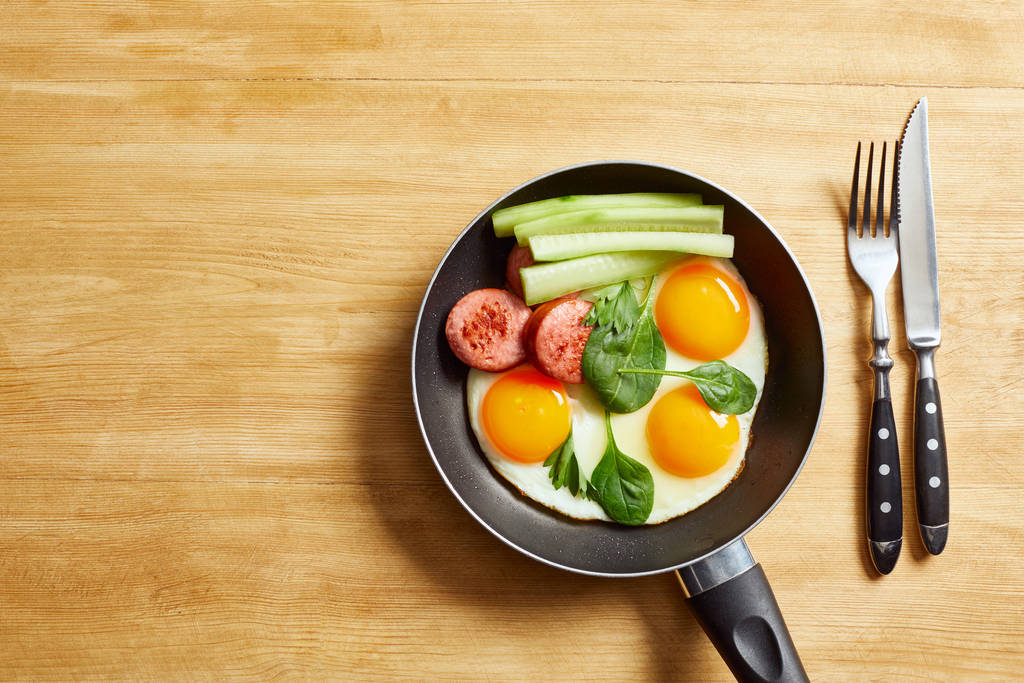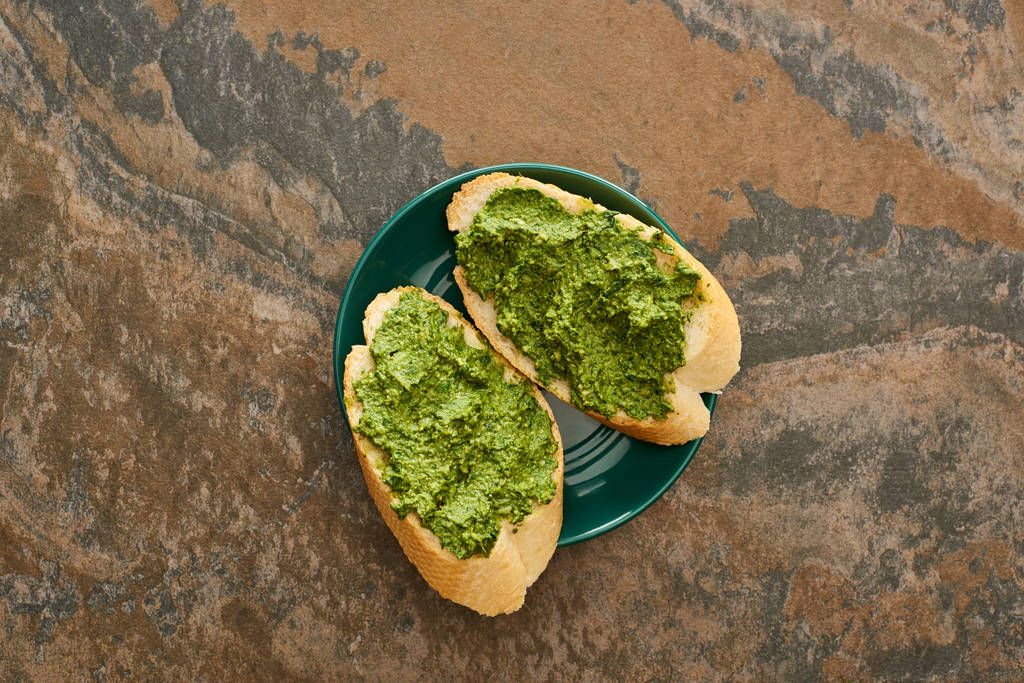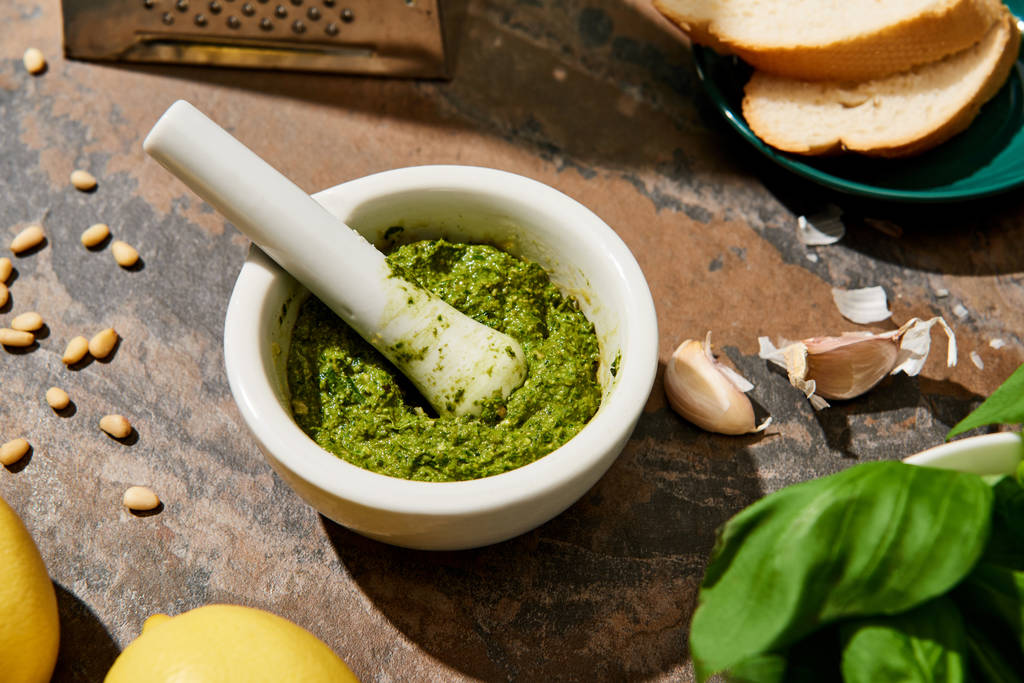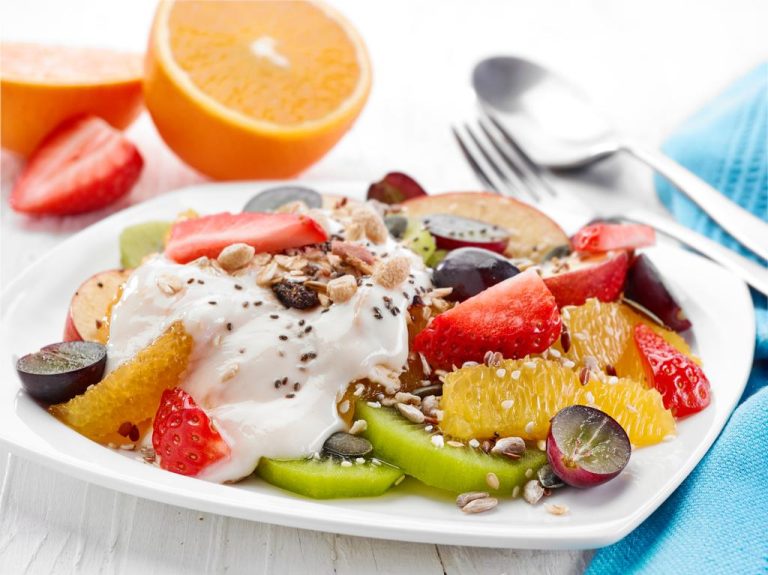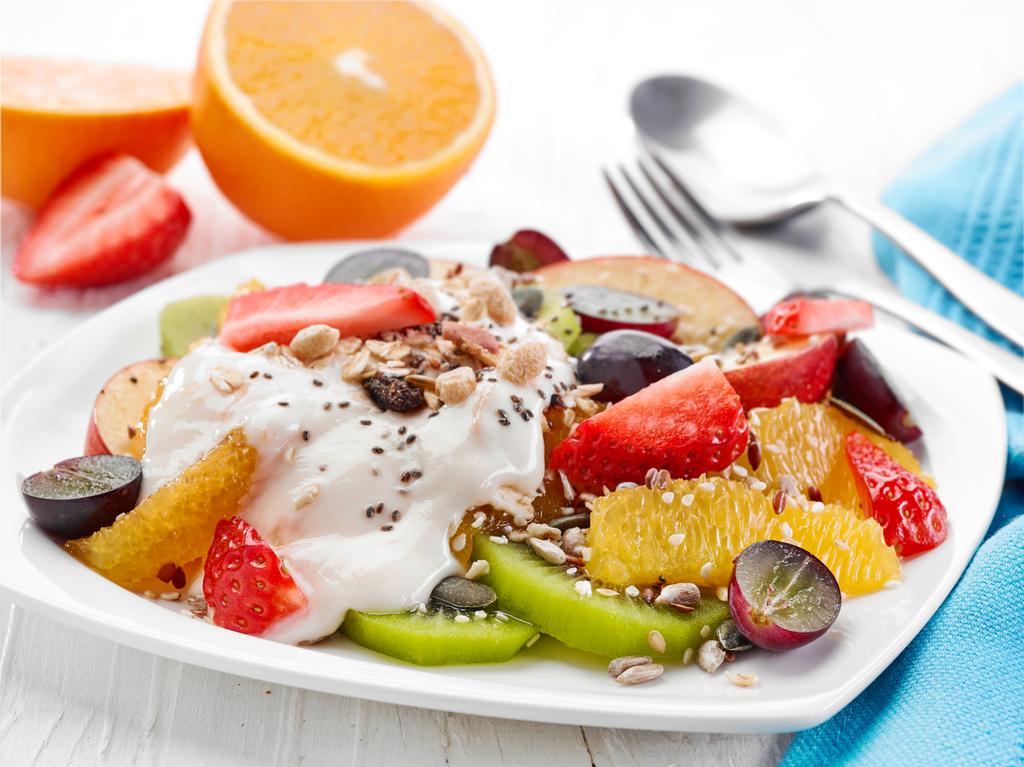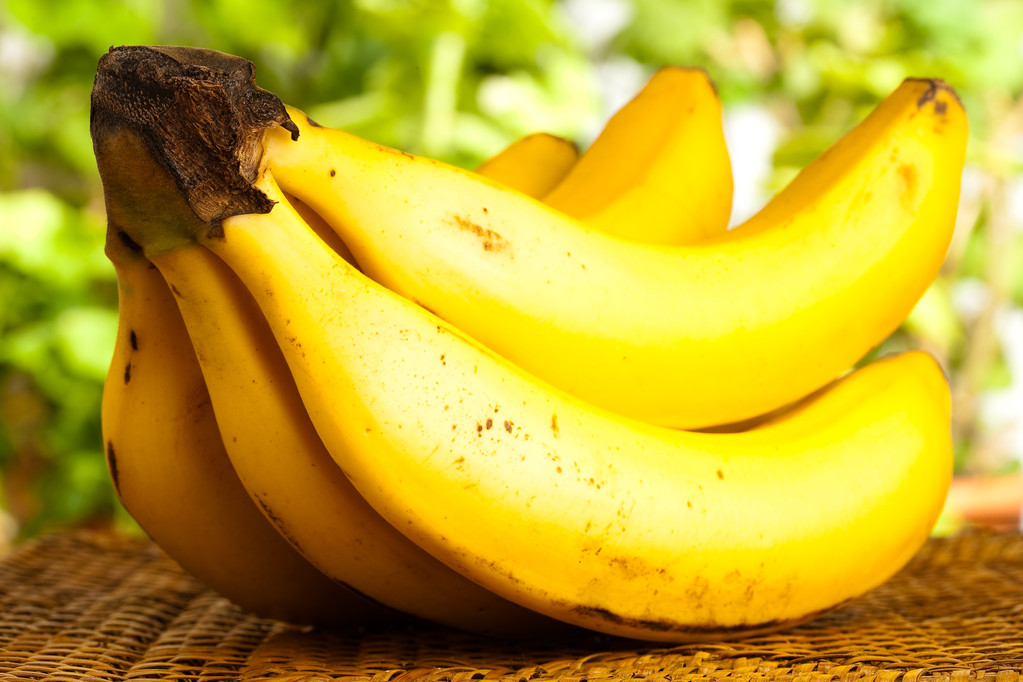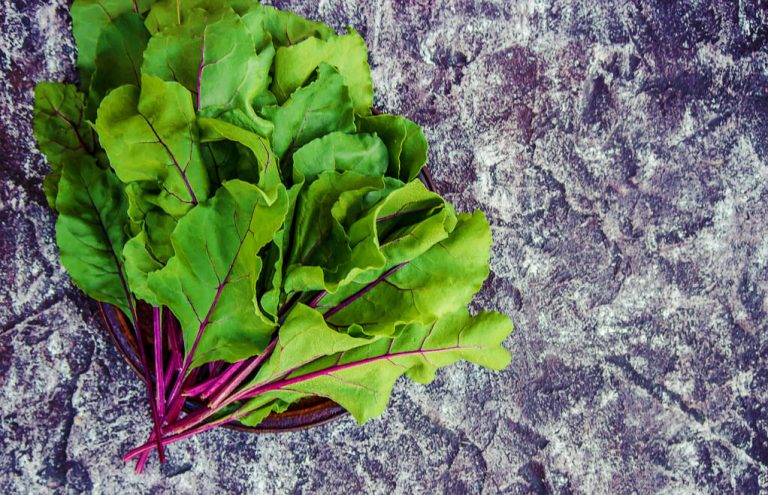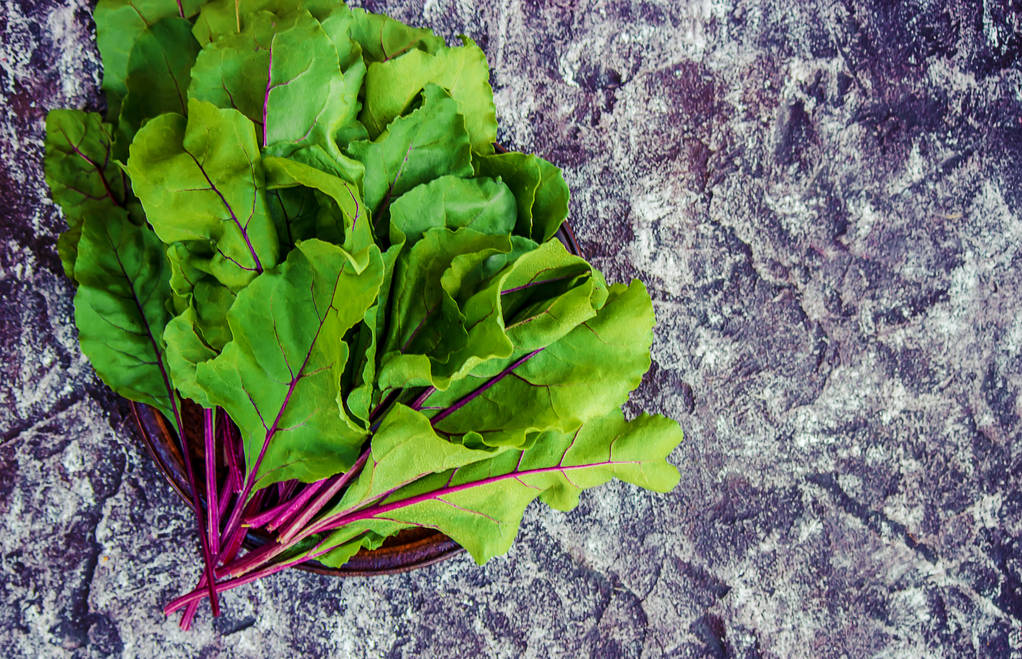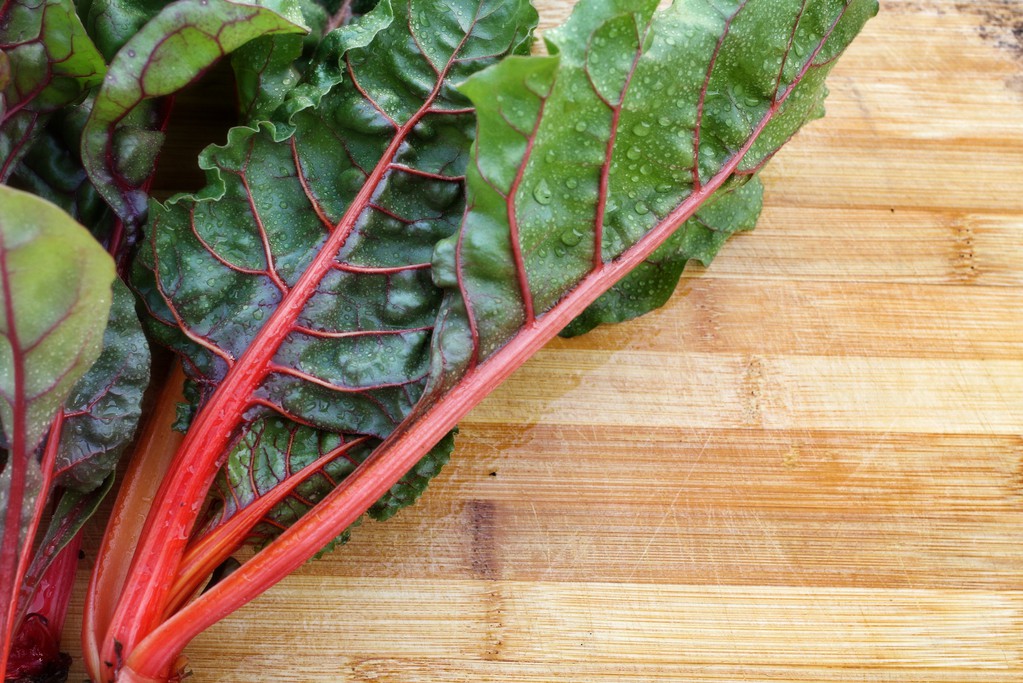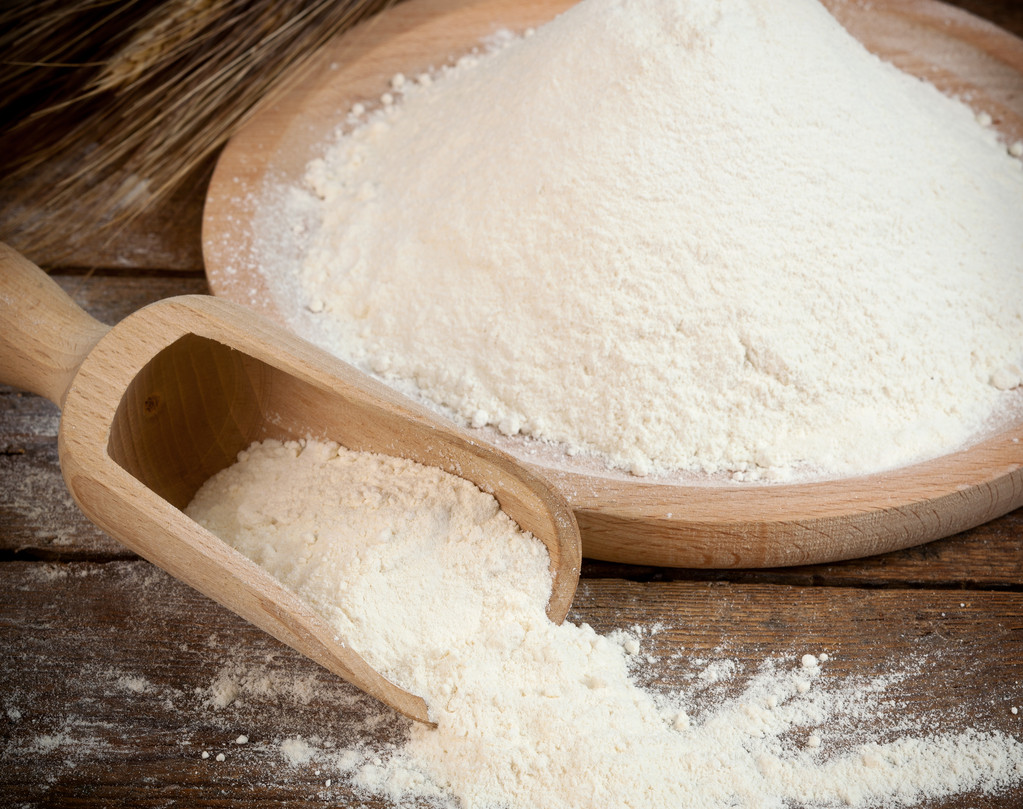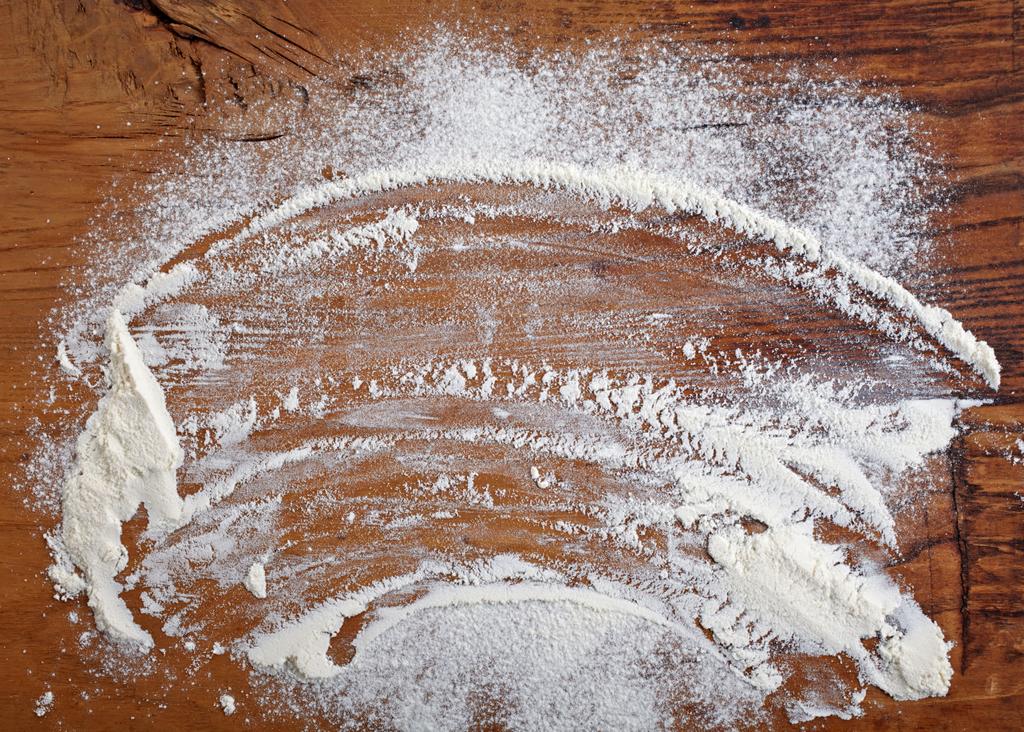A lot of overpriced food in the supermarket is not only unhealthy, but also unnecessary. We show you delicious and homemade alternatives.

Finished products: Expensive and often unhealthy
The classic finished products that often end up in the shopping cart are:
Drinks: Lemonade, iced tea and co. are wonderfully refreshing, especially in between. However, flavored sugar water costs a lot and it often doesn’t stay with one bottle.
Frozen goods: There are plenty of pizza, cakes or garlic baguettes in the freezer. To make the products fresh, aromatic and juicy after baking, you need a lot of fat and often too much salt.
Sauces and Dressings: Salad dressings, ketchup, and burger sauces tend to be expensive and contain too many additives. The highly processed foods are also very high in calories.
Snacks: A quick smoothie to go? Thats expensive! The pureed fruits sometimes cost almost three euros per 250 milliliters. This is much more expensive than fresh fruit and vegetables. In addition, in many cases there is also a lot of unnecessary sugar. Even muesli bars are now anything but cheap. On the other hand, the proportion of healthy nuts, kernels and seeds is rather low.
These are just a few examples that show that it is better to look closely at the list of ingredients. Of course there are also good products in organic quality, which can also secure a place in the shopping trolley. However, you can easily make many drinks and snacks yourself!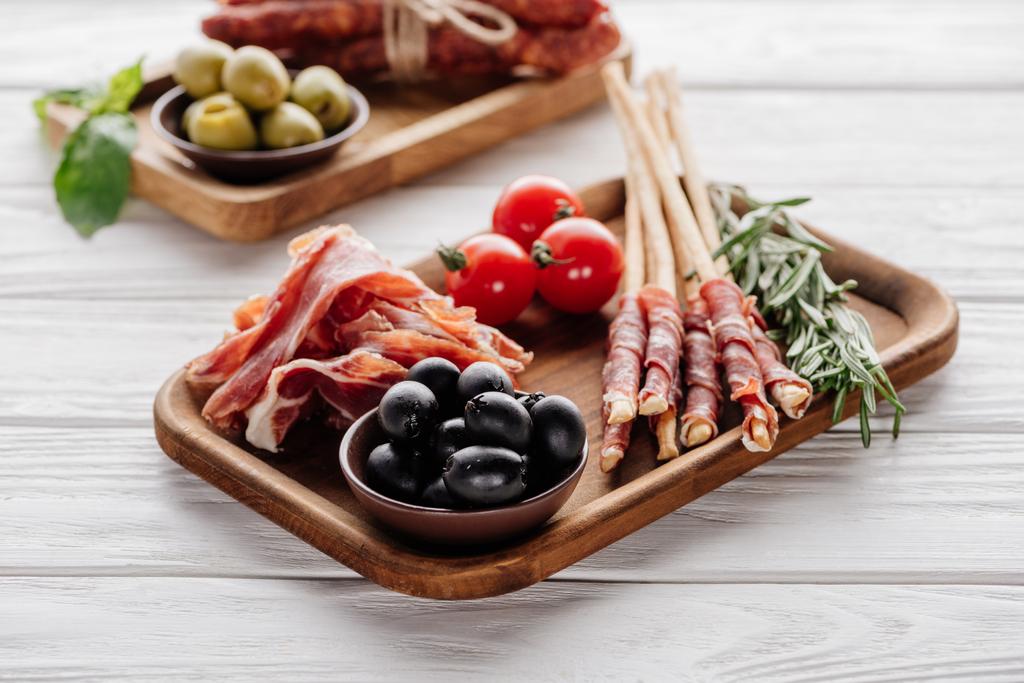
This is how it works: make delicious alternatives yourself
Many products that you can buy in the supermarket can be imitated without much effort and for much less money. In addition, you avoid preservatives, unhealthy fats or a lot of sugar. Here are three quick recipes to enjoy:
Make a delicious and healthy smoothie in just a few minutes: Simply puree 200 grams of frozen berries, 1 banana and 200 milliliters of orange juice and 100 milliliters of water. Your “berry-strong” smoothie is ready, without any additional sugar.
No time for an elaborate pizza? Really not? 350 grams of flour, 2 tablespoons of olive oil, 200 milliliters of water, 3 teaspoons of baking powder and half a teaspoon of salt. Knead everything well, roll out and top with tomato sauce, cheese and toppings of your choice. Place in the oven at 250 degrees and bake for about 10 minutes.
Salad dressing without sugar and effort: 150 grams of yoghurt, 100 milliliters of apple juice, 2 tablespoons of fresh herbs of your choice, salt and pepper. Mix everything well and you have a healthy dressing for your salad!
Our conclusion: Finished products really don’t always have to be. You can prepare many things quickly and inexpensively in your own kitchen. It’s not only healthier, it’s also a lot more fun. Get creative and make your own garlic baguette, your new favorite pizza or a refreshing iced tea!


